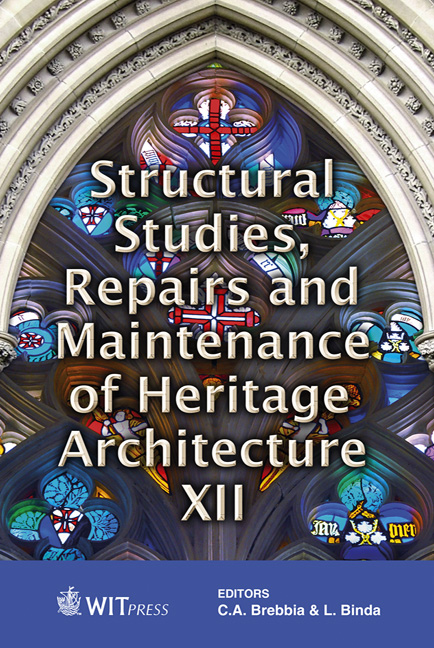Lighting Design In Museums: Exhibition Vs. Preservation
Price
Free (open access)
Transaction
Volume
118
Pages
12
Page Range
195 - 206
Published
2011
Size
764 kb
Paper DOI
10.2495/STR110171
Copyright
WIT Press
Author(s)
R. Ajmat, J. Sandoval, F. Arana Sema, B. O’Donell, S. Gor & H. Alonso
Abstract
Worldwide museums have in common the intention of \“telling a story”, this intention is beyond value and size of the displayed pieces, its geographical location or the quantity of people that visit them. In this perspective, light fulfils a highly regarded double role: to reveal the object itself (physiological function) and \“to generate ambience” (significance function) where the statement is produced and, therefore, it takes part of the statement in an implicit form. However, lighting together with other environmental conditions (like temperature and humidity), can modify objects’ properties significantly throughout their exhibition time, leading to deterioration. Therefore there is always a dilemma to solve: Exhibition versus Preservation. High standards of preservation may lead to poor conditions of exhibition. On the other hand, a stimulating ambience for exhibition may expose valuable objects to lower preservation standards. This paper explores the relationship between the exhibition of artwork or historical pieces in museums and the role of lighting and other environmental conditions as generator of an ambience where a story is told. It presents surveys carried out in museums in Argentina and Spain under diverse indoor conditions. An evaluation is presented of the influence of daylighting and lighting design in museums and its relationship with other environmental conditions in the quality of exhibitions. Conclusions include recommendations for museum administrators about lighting in the exhibition of vulnerable pieces in museums. Keywords: museums, lighting, environmental conditions, conservation, exhibition.
Keywords
museums, lighting, environmental conditions, conservation, exhibition




